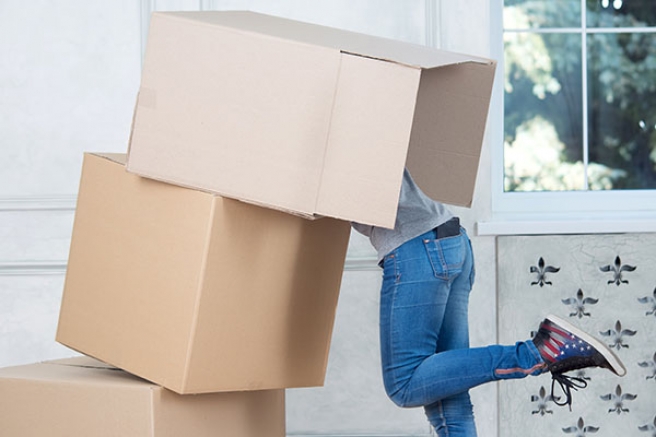
If you have ever moved home, then you will likely be aware of all of the movement and organised chaos which can often occur. During a move, all of your possessions are properly packaged up, shifted to a new located and reassembled. This can be a tumultuous process and unless you have the right expertise, there are a number of things which can go awry. To be sure that your move is carried out in the best possible fashion, being sure that your furniture makes it to the new home is important. So when you are worried about your wooden furniture and how to transport it, what extra measures should you take?
One of the best solutions for transporting large and cumbersome items of furniture is to think about taking them apart.
A great deal of modern beds, cupboards, bookcases and similar can be easily disassembled in order to make moving them to a new location somewhat easier. As well as the more modern flat pack furniture, many items can be taken apart using a simple screwdriver and a spanner. Once you have taken everything apart, you can move them in and out of the house in a simpler fashion, as well as stacking them in the moving van with ease. When thinking about protection, it can be easier to protect these smaller components using the methods out lined below than when dealing with completed items. When thinking about taking furniture apart, however, it is important to think about how to put everything back together and to make sure that any bolts, screws and dowels are kept safe at all times.
Whether you have decided to unpack your furniture or not, there are steps which can be taken to ensure that the wooden furniture which you wish to move is free from the most commons dangers. The most common of these is often scrapes and scratches. When moving large piece of wood around, it can be very easy to accidently rub it alongside a sharp edge or surface. While it might appear innocuous, this can lead to long lasting dents and marks which can be tough to remove as well as being unsightly. The most obvious method for dealing with these kinds of issues is taking extra care when moving wooden furniture around, however this is not always possible. To better combat annoying accidents, you can use protective materials such as wrapping, blankets and dust sheets. These can cover the wood and offer a small security against smaller issues. While they might not protect against the bigger issues, these protective measures are a great means of combating the more insidious, smaller problems.
As well as taking furniture apart and taking the time to protect it against bumps and scratches, there are problems which can occur elsewhere, as well. It might not seem like it, but spillages and stains can often be a threat during a move. Whether it is a can of old paint left on the side or a bottle of coca cola, liquids can be spilled onto the wood and cause issues which are difficult to remedy. In order to get around this, it can help to establish a time in which you will be moving the liquids and the time in which you will be moving furniture. By limiting the potential exposure to such damaging materials and liquids, you can limit the potential for marks and stains to occur on your wooden furniture. Once again, the proper protective materials can also be of use here and can go that extra mile to protecting your wooden items from issues which occur during a move.










